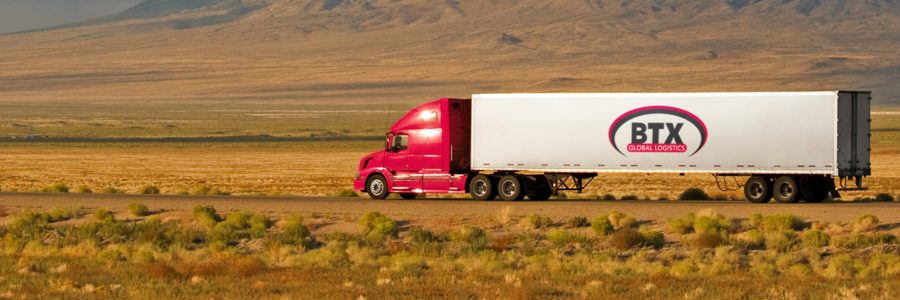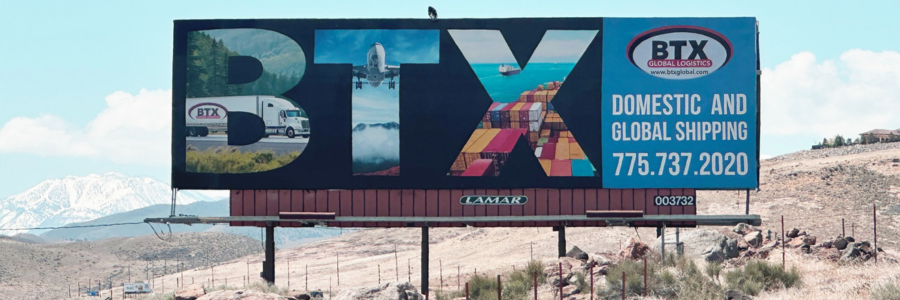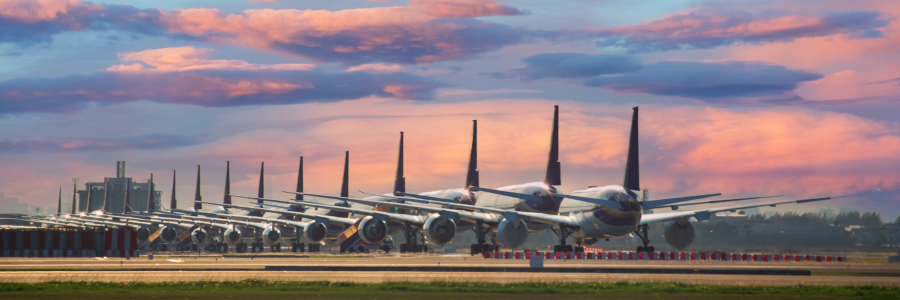How we got here:
As much as we would all like to put the COVID-19 pandemic behind us, we cannot ignore the challenges it has created for the transportation and logistics industry. Warehousing has experienced a surge in growth with capacity increasing, but not at the greater rate of demand. As a result, warehousing real estate costs and storage fees have increased over time with many companies struggling to find room to store their supplies.
Changing demand created a decline in manufacturing, restaurants and hospitality, but huge increases in home furnishings and consumer goods. Stay-at-home consumers embraced e-commerce accelerating the need for organizations to meet expectations while managing costs and providing consistent on-time deliveries. Additionally, COVID-19 placed additional strains on the logistics industry due to its key role in the speedy distribution of medication, vaccines and personal protective equipment (PPE).
The state we are in:
2021 started and ended with queues of ocean vessels waiting to dock at U.S. coastal ports. Labor shortages at warehouses and distribution centers, coupled with lack of available equipment, exacerbated this bottleneck. The congestion reverberated throughout the supply chain to inland rail terminals. Railroads have also encountered labor shortages and are trying to match human resources and crews with network capacity needs.
The shortage of professional truck drivers that has existed for years was also accelerated during the pandemic. Stimulus payments, enhanced unemployment benefits and a fear of exposure to the virus created additional challenges for hiring personnel. Companies are currently competing over the same limited pool of truck drivers resulting in some positives and negatives like better wages and higher turnovers.
Looking forward:
The question remains, what can we expect in 2022 given the many challenges that still exist? How can we learn from the past and apply that knowledge to better our future? Below are a few key industry developments to provide us with hope as we move forward:
- Preparation and Innovation: The challenges brought on by the pandemic and its consequences have pushed everyone to think ahead and more creatively than ever before. Preparation and innovation are key to staying ahead of the challenges. Retailers, for example, are now stocking more supplies than traditionally expected in local warehouses to beat delays and meet demands.
BTX Global Logistics is always thinking of creative ways to mitigate transportation delays and capacity constraints by re-routing cargo, leveraging technology and vendor relationships, and communicating proactively with customers to meet and manage expectations.
Business and government leaders are investing more in technology and much needed infrastructure for the future of transportation and logistics. - Automation for Streamlining Vessel Arrivals and Departures: Early in 2022, an amendment to regulations instituted by the U.S. Customs and Border Protection (CBP) will come into effect, streamlining vessels arrivals and departures. The amendment will require that vessel operators submit crew lists, in electronic form instead of the current paper requirement. The new process will eliminate redundant data submitted by vessel masters and agents and simplify vessel inspections. Officers can travel to and from and board/disembark the vessel, conduct inspections, and record inspection results in real time using a mobile device. This would help alleviate ocean/sea freight bottlenecks.
• The Infrastructure Investment and Jobs Act ("the Act"): The recently approved Infrastructure Investment and Jobs Act will allocate approximately $250 billion to modernize surface transportation and the logistics infrastructure. This includes extending the enacted levels for federal-aid highway, transit and safety programs as well as addressing strategies to reduce the impact of climate change.
The Act includes provisions to make safety improvements across all transportation modes. It offers airports $25 billion to address repair and maintenance, reduce congestion and cut carbon emissions. Improvements in air freight would include fewer delays, lower costs and provide greater sustainability.
The plan also includes provisions to rebuild and maintain bridges in rural communities. An improved rural transport infrastructure could give companies new geographical and logistical options for sourcing, storing and transporting goods. A safer, less-congested transport infrastructure could also reduce accidents and commute times in certain locations thus expediting transportation. An upgraded network would also help make train freight more efficient and predictable.
BTX Global Logistics is a full-service shipping and logistics organization known for providing creative and flexible solutions to its customers. BTX's services include expedited shipping, air freight, ground freight, sea freight, white glove, trade show, ecommerce and fulfillment and much more.













.png)
